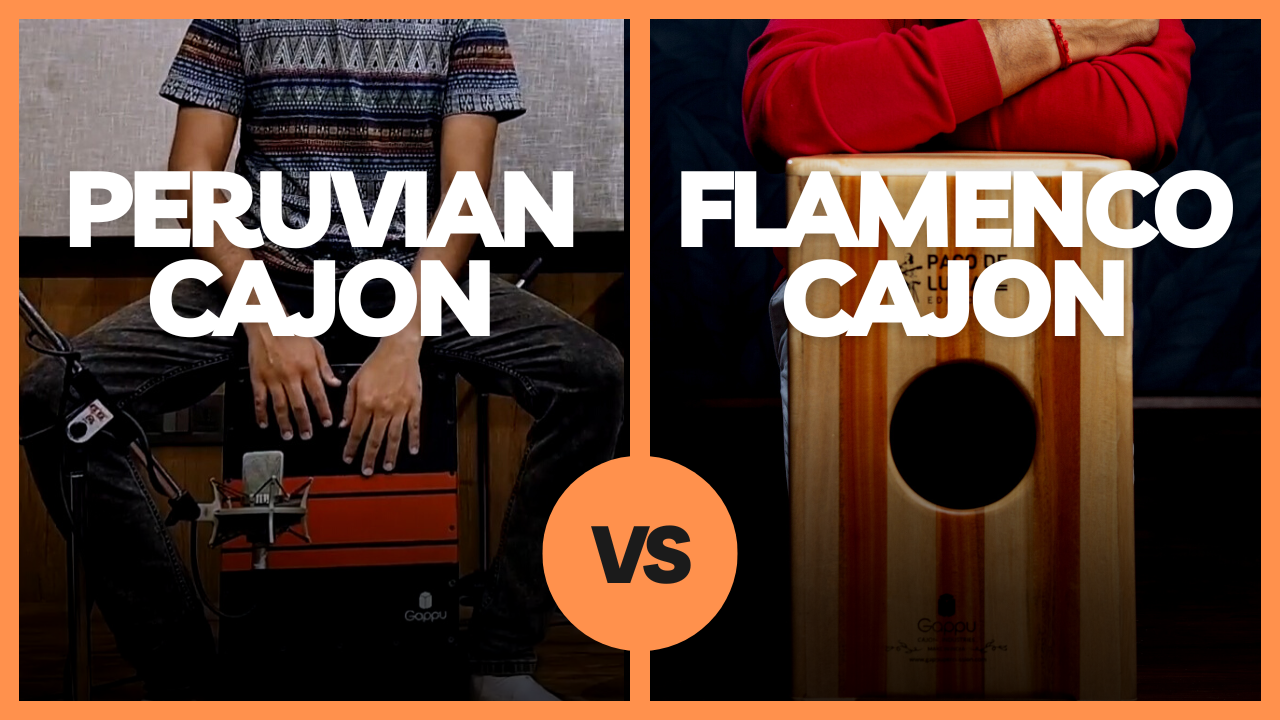The main difference between Peruvian Cajon and Flamenco Cajon is that one does not have snares and the other one has. Peruvian Cajon is recognized as the original instrument and Flamenco Cajon is a more hybrid version that was designed to be more versatile.
Peru has been stated as the origin of Cajons where fruit crates were used to add extra something by accompanying the main musician. Peruvian Cajon entered Europe holding the hands of the flamenco music community in 1977. When Europe adopted the Peruvian Cajon, percussionists started modifying them and they mastered the instrument in their own way.
While Peruvian Cajon has no snares and therefore no strings. It is the oldest form of Cajon and is perfect to add a folky, vintage theme to the music with its purely wooden sound. Overall the sound is quite dry with a root tune as bass, which reminds of an accompanying instrument. Flamenco Cajon is created with guitar strings as snares at the back of the tapa. It produces buzzy sound effects due to the guitar strings. The strings can also affect the upper and lower portion of the tapa. Such Cajons can be properly described as the ones with loose corners “kit-in-a-box” instruments where a bass drum, a snare, and a seat can be found at the same time. Percussionists can also loosen or tighten the screws of a Flamenco Cajon in both upper corners and achieve a wider spectrum of tones.
Therefore, the main difference is in the sound the Cajons produce. With guitar strings Flamenco Cajon’s sound seems closer to drums; on the other hand, Peruvian Cajon sounds more traditional which is perfect for folk music. Both Cajons evolved over time and today Flamenco Cajons can be found with even more adjustable features and Peruvian Cajons can be found with bass and snares.



